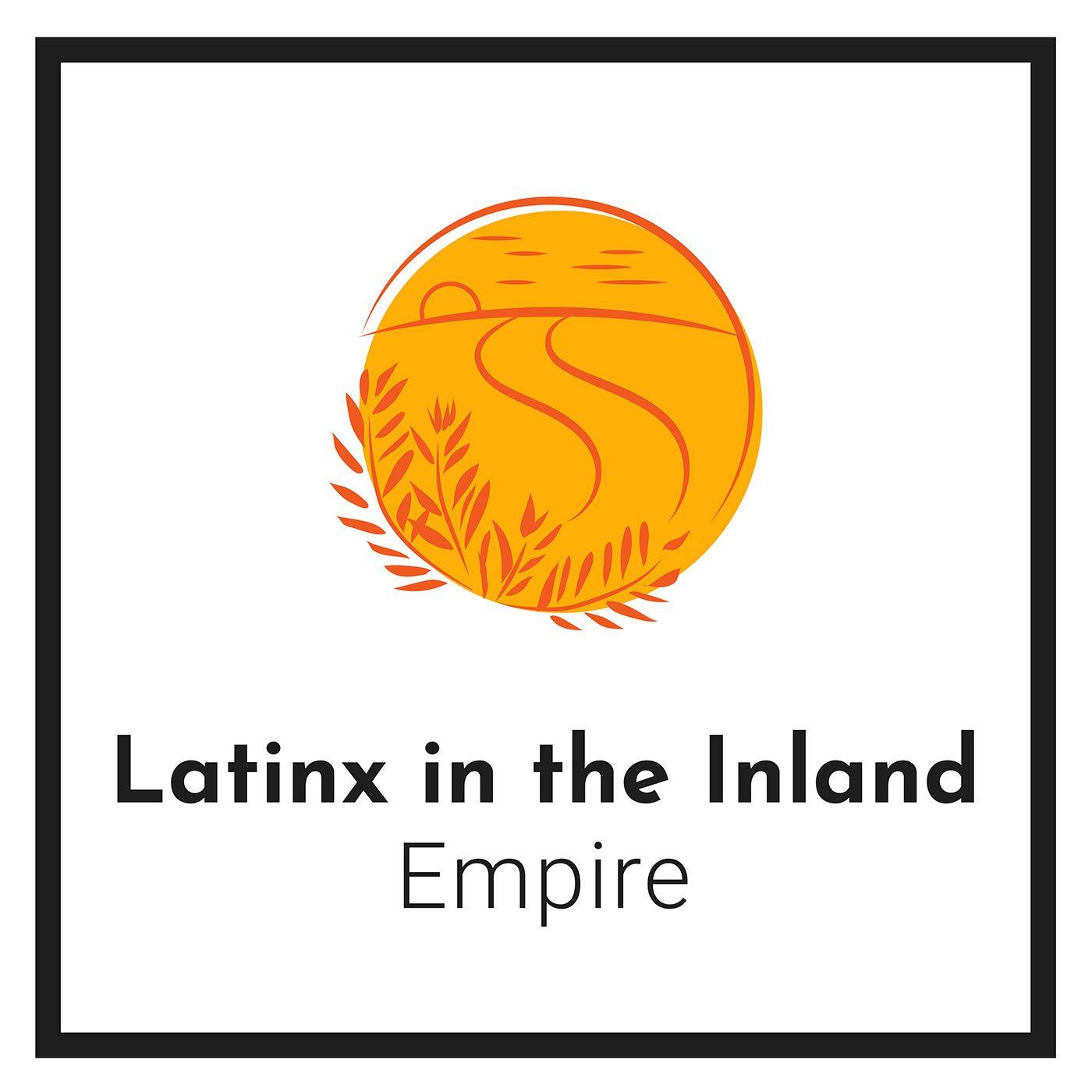Alexis Paul Monroy on Lowrider Culture and the Transformational Power of the Street
Description
Join Eric Ignacio Thomas and Alexis Paul Monroy’s conversation on the sights, sounds, and transformational power of the street for Latinx persons. As a lowrider Monroy’s goal is to spread a deeper consciousness and appreciation for street culture while amplifying the often-unheard voices which fill them. How does Cultural Studies allow for deeper analysis of the lowrider and the street? How can we reimagine lowriders in Southern California?
For more information about the CGU Cultural Studies department, visit their website.
TRANSCRIPT
Eric Thomas:
Good morning. Here we are on Latinx in the Inland Empire. This morning we're going to speak with Alexis Paul Monroy, who is currently a cultural studies doctoral student at Claremont Graduate University. He is a resident of National City, California. His work at CGU concentrates on the sights, sounds and transformational power of the street. As a lowrider, his goal is to spread a deeper consciousness and appreciation for street culture while amplifying the often-unheard voices which fill them. Alexis received his bachelor of arts in sociology from San Diego State University and a master of arts and cultural studies from Claremont Graduate University. Good morning, Alexis.
Alexis Paul Monroy:
Good morning, Eric Thomas. Thank you for having me. It's a pleasure.
Eric Thomas:
Yeah. I got to know you in class last year in Dr. Poblete's class, and I was really interested in your burgeoning master's scholarship and research. And I know you've worked really hard on publishing scholarship around lowrider culture. So tell us, Alexis, what is lowrider culture?
Alexis Paul Monroy:
Oh, I mean, well, in its simplest form, I mean, you can think about it as the car culture, it's a form of American car culture but with a Latinx and a Chicanx flare. It's a culture that takes things that are forgotten or thrown away, revamps it, brings new life into it. And so, it encompasses everything, encompasses the religious aspects of Mexican American life with the combination of Mesoamerican origins, it's a culture that resist norms and push me back against white authority, but it's a vibrant life, it's full of color, and amusement, and wonderment, that's how I see it.
Eric Thomas:
Oh, most definitely. So let's talk about a little bit of the history of it, and then let's take it back to the context of National City lowrider culture today. So did lowrider culture begin in SoCal in the '40s or how did it begin? Talk [crosstalk 00:02:38]-
Alexis Paul Monroy:
Yeah. I mean, the major kind of conception of lowriding, it gets its roots in Southern California, it's car culture, post kind of World War II. What happens is, in general, the car in American culture has representing upward mobility, expansion, forward progress, it's that American dream. And for immigrants as well, for Mexican Americans coming to this land or already part of this land of the United States adopt that as well, but they bring their flare and their expertise with them. So it's kind of ironic, it's like the World War II provided the skillset necessary for these cars to be built. You take these instruments of war and you make it into a different weapon of identity, pushing back against norms of invisibility.
Alexis Paul Monroy:
So after the servicemen left World War II, they have the skillset of working on World War II bombers, the auto pool. And unfortunately, they couldn't afford the cars coming off the assembly lines of Detroit. So what they do is they're like, "Okay, we're going to take these old cars, these forgotten relics, and we're going to revive and bring a new identity to them." So they start backward engineering. Backyard engineering is pretty much what I call it, they kind of, "How can we get these cars running? It's not good just to have a car that runs, we want something with style and flare." And so, they start experimenting and starting to realize that if you drop the cars down, there's a different
More Episodes
Published 09/03/21
As an Interfield PhD student in History and Religious studies, she is the research assistant of the Howard W. Hunter Chair of Mormon studies at Claremont Graduate University. We unpack the cultural significance of women of color in the academy and the diverse practices of Latinx and Chicanx...
Published 03/02/21
As Commissioner of Heritage and Culture in the city of Anaheim, Camargo holds an M.F.A from Claremont Graduate University. He is the founder and curator of Latinx Diaspora Archives an archive Instagram page that elevates communities of color through family photos. He is also the first west-coast...
Published 02/02/21


